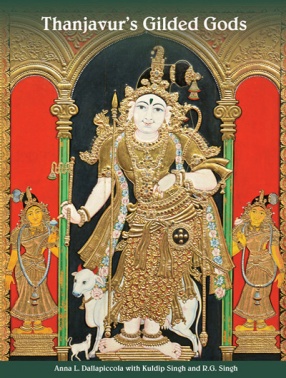
Marg Publications

86 books


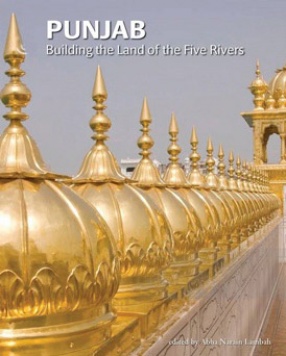
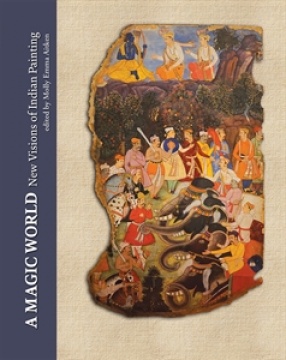
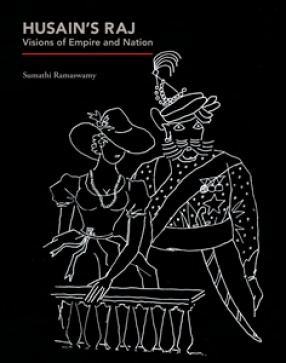


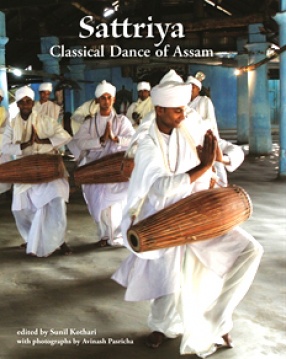
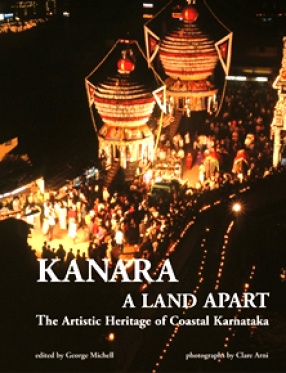
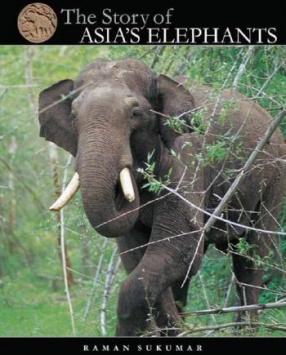
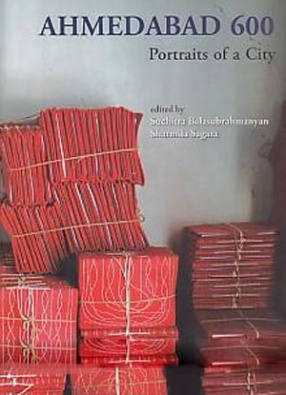
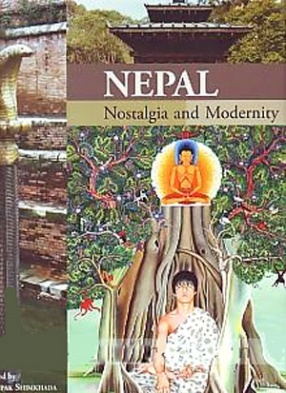

Thanjavur paintings are among the most popular artworks that adorn the walls of Indian homes—avidly collected but little comprehended. This richly illustrated volume presents an enhanced understanding of the subject through an in-depth study of South Indian paintings of the 18th and 19th centuries in the Thanjavur and the allied Mysuru styles. The meticulously researched text showcases and engages with Kuldip Singh's unique collection of 300 paintings. Also ...

This book documents the growth of printed images of punishments in hell from 19th- and 20th-century India. It explores what happens when new technologies of image reproduction collide with deep cultural traditions, and traces the sources of the iconography and formal visual structures that found new expression in late 19th-century chromolithographs showing deeds and their punishments. These prints, often titled Karni Bharni (reap as you sow), remain part of a ...

Ceylon, Ilangai, Lanka, Lakdiva, Seilan, Serendib, Simhaladvipa, Tambapanni, Taprobane-the island’s various names suggest that Sri Lanka has clearly meant different things to different people, and external contacts have been central to its history and conceptualization. Expanding and going beyond the standard Sinhala-Buddhist narratives, the essays in this volume look at resident communities and their contesting cultures and claims to the artistic heritages ...
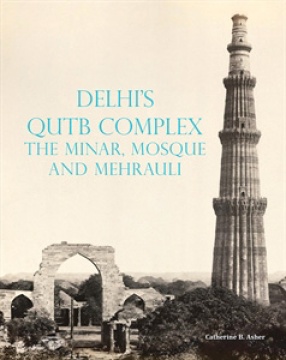
This book presents a geographical, chronological and cultural narrative of the famous Qutb complex in Delhi and its surrounding area, Mehrauli. It examines the initial growth of this area from its founding about 1060 by the Rajput Tomars near the temple of Yogmaya, its likely takeover by the Chauhans and then its establishment as a Muslim headquarters under the Ghurids of Afghanistan and their successors, the independent sultans of Delhi. Besides the celebrated ...
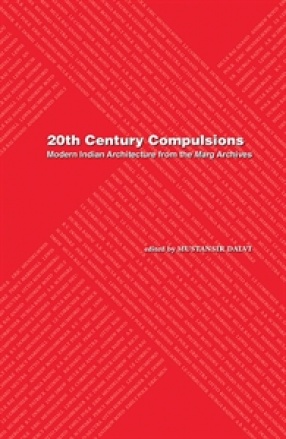
The spirit of architecture completely transformed in the 20th century and Marg magazine, founded in 1946, was at the forefront of documenting that change. The leading lights of architecture in the world wrote significant short texts for Marg that set forth not just an agenda for architecture that would shape the new India, but the habitats of a new world order. This anthology comprises a selection of these essays, as relevant now as they were when they first ...

Through the centuries Punjab has been a historic rite of passage for invaders seeking control of the throne of Hindustan. In Mughal times, Punjab remained the vital highway linking the capitals of Agra and Delhi to Kashmir, Kabul and lands to the north. This region has also been traversed by people of different religions with Sufi saints and Sikh gurus profoundly influencing its cultural heritage. As the Mughal empire declined, the centre of power shifted and a ...

In the 100 years since Ananda Coomaraswamy wrote his seminal Rajput Painting, the field of Indian painting studies has gone from a period of explosive discovery to a deepening of knowledge about individual artists and workshops. More recently, scholars have also begun to probe artists’ and patrons’ creative decisions and have entered into extensive conversation with South Asian cultural studies in general. They reconsider Coomaraswamy’s ...

Husain’s Raj forefronts the ludic quality in the work of Maqbool Fida Husain, postcolonial India’s most iconic modernist and also arguably its most playful.The book focuses on a series of paintings in which the artist offers a postcolonial visual commentary on the erstwhile colonial world in which he had been born and raised. These works are densely packed with objects and people (British and native, high and low, male and female) and some animals as ...

The wall-paintings in the fort at Bundi in Rajasthan include the earliest and finest examples of court painting known in India. Only recently accessible for sustained study, these help to define the religious, literary and artistic interests of the court; the functions of the spaces they adorn; the political aspirations of the rulers; and the evolving relationships between one court, its Rajput neighbours, and its Mughal overlords. On a more mundane level, the ...
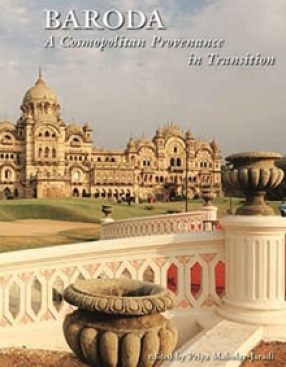
This anthology frames the story of Baroda’s visual culture from the early 18th century to present times along the themes of provenance and cosmopolitanism. Baroda’s sphere of art production from the princely through to the contemporary firmly establishes it as a recognizable provenance. Simultaneously, a wide inclusion of local, regional and foreign ideas lends the provenance a cosmopolitan character: early artists, craftsmen and photographers engage ...
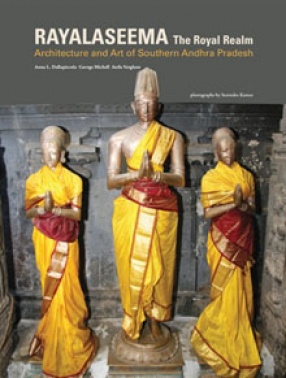
This volume of Marg is dedicated to the architectural and artistic heritage of Rayalaseema, the Royal Realm, a name given to the region encompassing Kurnool, Anantapur, Cuddapah and Chittoor districts in present-day Andhra Pradesh. This legacy may be traced back more than 2,000 years, as evidenced by the ancient, enigmatic stone figural lingam at Gudimallam. During the 14th–17th centuries Rayalaseema enjoyed unprecedented political and economic importance. ...
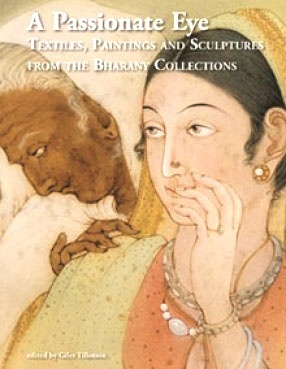
Rarely in the history of collecting art in India has a father-son duo remained involved for as long as the Bharanys of Amritsar and Delhi. This book tells the remarkable tale of the aesthetic adventure of two generations of Bharanys – Radha Krishna and his son Chhotelal, spanning over a century.
It begins with an essay by Pratapaditya Pal placing the role of the Bharanys in the wider context of collecting in this field. This is followed by Chhote ...

Very little has been published on Murshidabad, the last independent capital of Bengal, while the British capital of Calcutta has been the subject of numerous books. Murshidabad was a place of great importance in the first half of the 18th century. The wealth of its nawabs was fabled and the region produced luxury goods which first attracted European trading companies. Murshidabad at its peak was extravagantly compared to London for its bustling trade, fine ...
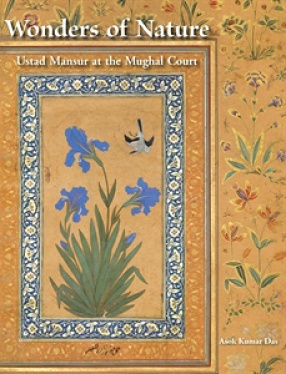
Ustad Mansur is considered one of the greatest natural history painters of all time. His early career was spent working in the atelier of Mughal Emperor Akbar under the supervision of established masters. He was noticed by Prince Salim, later Emperor Jahangir with whom he was to work and travel extensively. It was for Jahangir’s albums that Mansur painted many of his animal, bird and flower studies that were a perfect blend of naturalism and aesthetic ...

In the year 2000, the Sattriya dances of Assam received recognition as the eighth classical dance form of India. This living tradition from the monasteries known as sattras has been practised for over 500 years by celibate monks. Created by the Vaishnava saint and social reformer Sankaradeva and his principal disciple Madhavadeva in the 16th century, it possesses all the elements of classical dance, following the principles of natyashastra. Today, it has moved to ...
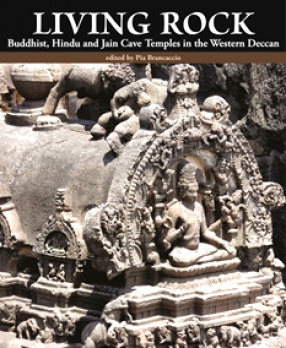
From the 2nd century bce to the 10th century ce, rock-cut temples and monasteries appeared at various sites in the subcontinent – most notably across the western Deccan. Carved on the edge of the basaltic plateau, the cave sites were strategically placed near ancient trade routes and fertile land, and showcased a variety of architectural spaces for different worship practices and monastic uses.
Living Rock offers new perspectives into to this fascinating ...

This book is dedicated to the unique architectural and artistic heritage of Kanara or Kannada, the well watered, densely forested Arabian Sea coastal strip of Karnataka, comprising the present-day districts of Dakshina and Uttara Kannada. Celebrated as one of India’s principal sources of rice and pepper, Kanara benefited through the centuries from lucrative interregional and international trade. In consequence, the region has been inhabited by wealthy and ...
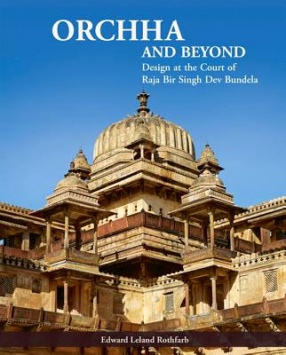
This book presents one of the first comprehensive and richly illustrated accounts of the Bundela style of architecture and decoration in its most dazzling and innovative period, the reign of Raja Bir Singh Dev (1605-27). A prolific builder, this Bundela ruler patronized architecture throughout his kingdom of Orchha in Central India as well as at important pilgrimage sites beyond its borders.
During Bir Singh Dev’s reign the early Bundela style of ...

The relationship between elephants and people in Asia over thousands of years is a unique one. This story of the Asian elephant begins with a brief account of the ancient origins of the creature and its possible relationship with early humans, leading eventually to the taming of the animal between 4,500 and 5,000 years ago in the Harappan period. Subsequent chapters cover successive periods in Asian history, tracing the story of the elephant broadly under the ...


When we speak of the arts of Nepal, we refer to the Kathmandu Valley, rich in art and culture. This tiny valley was and still is the hub of Nepal where 2,000 years of history have been frozen in time. Today, Nepal is a modern nation, yet conflating traditional as well as modern features that are uniquely "Nepali" in character.
The style of art called Nepali is primarily produced by the Mewars, the original inhabitants of the Kathmandu Valley, who ...
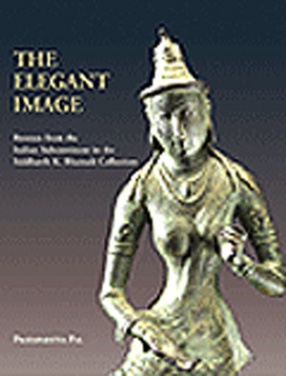
A comprehensive discusson of an extensive collection of metal sculptures from the India subcontinent Although the objects reflect the personal taste of the collector, they not only cover the entire subcontinent but also span 15 centuries of the Common Era, a few being even older. Thematically they represent divinities of the Hindu pantheon as well as Buddhist and Jain deities, providing a rich array of the diverse figures of the three major religions of ancient ...
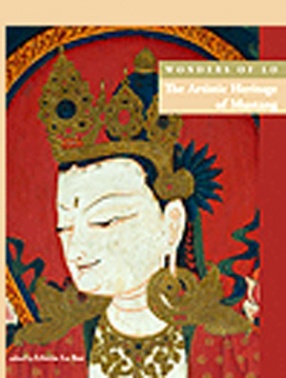
"Lo", as Mustang is called by those who dwell there, is a small area in the Nepal Himalaya. Buddhist art flourished here, particularly between the 14th and the 16th century, in a cultural environment strongly influenced by the religious order of Sakya, the great monastic fortress in southwest Tibet. This volume, the first monograph on the artistic heritage of Lo, deals with the most representative features of the religious art of the region: mural ...
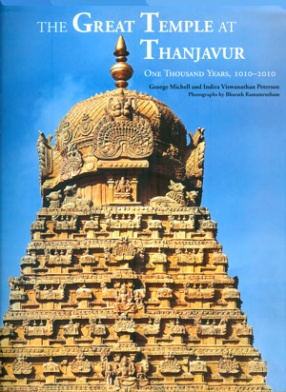
A thousand years ago, 1010 CE the Brihadishvara Temple at Thanjavur was consecrated by Rajaraja I Chola. This truly visionary monarch was the sponsor of what may be regarded as the greatest Hindu monument in the Tamil country. The genius of Rajaraja's architect, who conceived and executed this stupendous structural feat, and the multifarious talents of the numerous artists employed to work on its stone carvings and mural paintings, are still apparent today. ...
